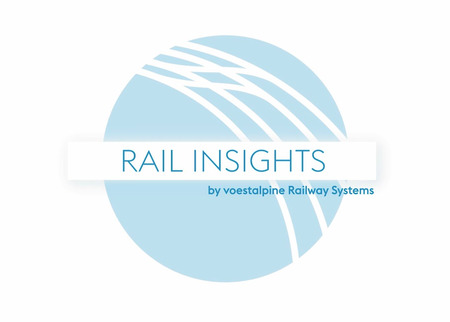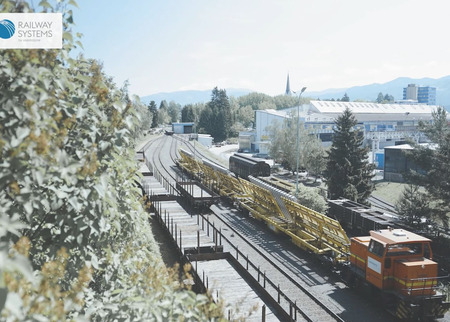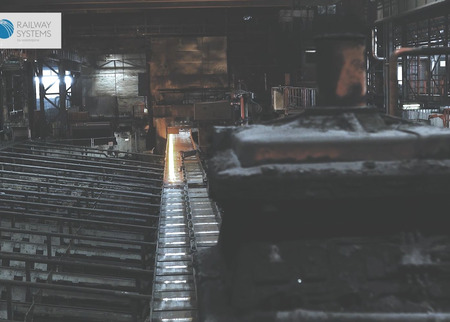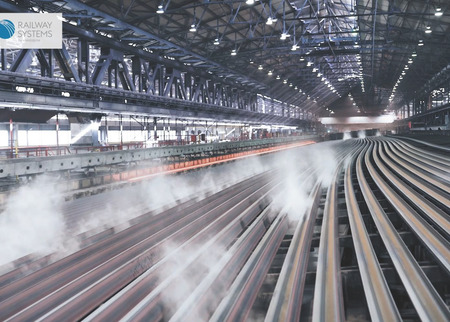Rail Insights: Reducing CO2 emissions and extending track life for a greener future

In our second “Rail Insights” episode, we take a closer look at sustainable rail production.
As the world faces the pressing challenges of climate change, the need for sustainable transportation is very important. Railways are often seen as a green transportation solution and have a key role in our quest for a low-carbon future. But can they really handle this big responsibility?




